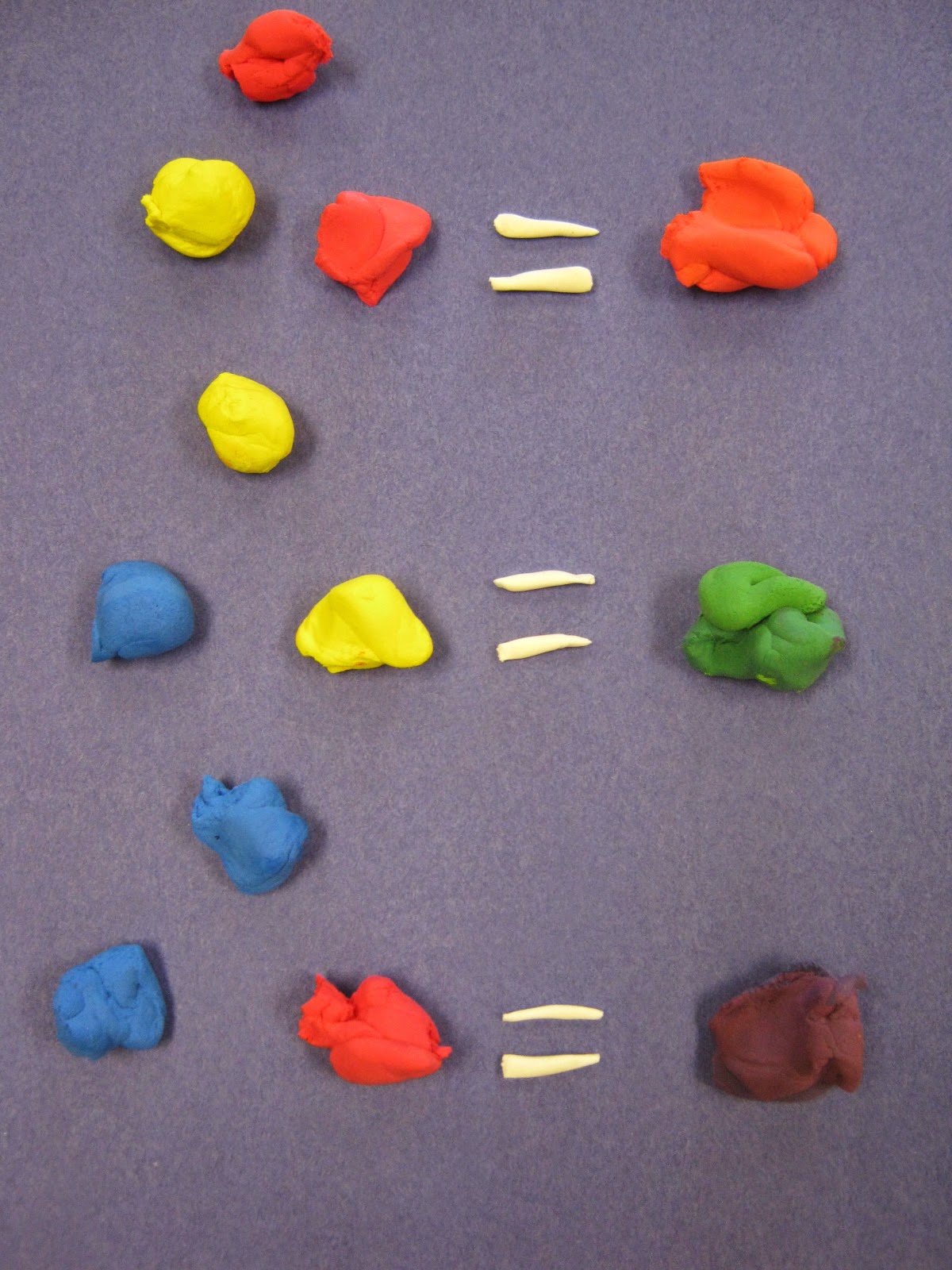For the full article in Arts & Activities magazine, please click here.
Creating a Mission
Statement
As a teacher, you should have specific goals in mind for
your students to achieve, and as a school, a mission statement helps give
meaning to student learning. As a team,
you and your art colleagues should be open to defining your department’s
mission how to share that mission with your students, colleagues, parents, and
community.
For years, our department didn't think to have a mission
statement in place. Our group knew what
had to be done, what standards to follow, and what the district expected of us
with our lessons, assessments, and community engagement. When we were asked to present to our district
how the arts played a part in our district’s mission, we were determined to
have a set statement in place that tied in with our district’s mission and
reflected how important we were within our district’s core curriculum. After
our presentations, we had wonderful reviews, plus teachers in attendance were
communicating more on how they could incorporate more visual art into their own
classes.
What is a Mission
Statement?
A mission statement is a declaration of the core purpose of
your program that remains unchanged over time.
You can include your department’s reason for existing, and your intended
overall goal. Your mission statement
should assist in guiding the actions of your art team, such as providing a path
for an overall goal. Your mission
statement should tell the public what your core intent is in educating the
students within your community and how the arts play an important part in a
child’s development.
Why Have a Mission
Statement?
Without a mission statement, your department may not be
taken as seriously as you would hope.
Your students may not see the purpose of having an art class, and your
parents could possibly just see you as “one of the side classes,” meaning not
as important as the core classes. As the
advocate for the arts in your schools and district, you need to shine your
light and share why we are there and why the arts are important in a students’
education. According to Jessica Balsley
from The Art of Education, “Leaders
need a mission. Teachers are leaders. It
would only make sense for teachers to have a mission for their work.”
When parents and community members visit a school website,
they want to see right away how the school plans on making the future
generation model citizens and creative innovators. In the top of any school page you visit, the
first thing you see is the mission statement.
If you have a web page of your own, why not share your intended purpose
for advocating for the arts in your classes?
What Should I Include
in an Art Department Mission Statement?
Begin with these 5 basic questions that define your
mission: Who are the teachers in your
department? What do you do in your
classes? How do you deliver the
instruction? Whom do you deliver instructions to? What value are you bringing to your students?
Once you have answered those questions, combine your answers
into a few sentences that define your mission.
For example, for the first sentence you may say, “The Indian Springs
School District art department teaches visual literacy skills with the
intention of preparing our students for a lifetime of creativity.” That sentence answered who we were, what we
do, whom we delivered instruction to, and what value we brought to our students
within a short span of words.
If you want to dive further into what it is that you teach
and how your lessons further develop a child’s progress, consider going more
into detail of why you teach the visual arts.
Do you assist students in becoming critical and creative thinkers and
problem solvers? Do these skills help
students make personal or professional choices to become successful? Do your projects assist in improving physical
development, such as fine motor skills and craftsmanship? Do you incorporate cultural awareness and
social-emotional learning goals? Take a
sentence or two to describe how the arts are important in a child’s education.
How do I share our
mission statement?
Once you have your mission statement created, share it
anywhere that your art department is advertised. If your school or district has a webpage, add
your mission to the top of your page if one is created, or ask if you can add a
page for the art department. Do you
manage a blog or a school-based page on social media? Be sure to add your mission statement to any
page created. Any viewers that visit
your sites will know that you have a mission in place and determination to have
students reach their academic goals.
For those teachers who have their mission in place, thank
you for being leaders in art education!












